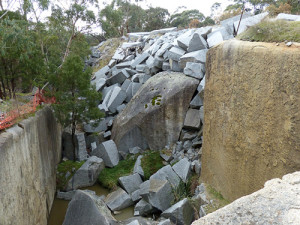 Starting and finishing at the Oak Forest, Doug Ralph led the group of about 20 around the western flanks of Mt Alexander, taking in 2 or 3 disused granite quarries. Doug related some interesting stories from the history of these quarries, and Prof. Julian Hollis gave us a brief synopsis of his current geological research into a mineralogical relationship between the granite of Mt Alexander and volcanic rocks which have been drawn from deep in the crust and ejected at Mt Franklin.
Starting and finishing at the Oak Forest, Doug Ralph led the group of about 20 around the western flanks of Mt Alexander, taking in 2 or 3 disused granite quarries. Doug related some interesting stories from the history of these quarries, and Prof. Julian Hollis gave us a brief synopsis of his current geological research into a mineralogical relationship between the granite of Mt Alexander and volcanic rocks which have been drawn from deep in the crust and ejected at Mt Franklin.
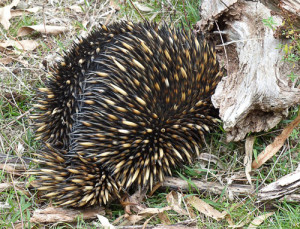 Along the way we came across Echidna diggings and eventually caught one of the perpetrators in the act. Many birds were about, including Australian Raven, Magpie, Crimson Rosella, Currawongs, Galahs, Red Wattlebird, Superb Blue Wrens, Grey Shrike-thrush, White-eared Honeyeater and Thornbills.
Along the way we came across Echidna diggings and eventually caught one of the perpetrators in the act. Many birds were about, including Australian Raven, Magpie, Crimson Rosella, Currawongs, Galahs, Red Wattlebird, Superb Blue Wrens, Grey Shrike-thrush, White-eared Honeyeater and Thornbills.
It was a balmy autumn day, and though a relatively tough walk (some of it was off track) it was enjoyed by all who participated.
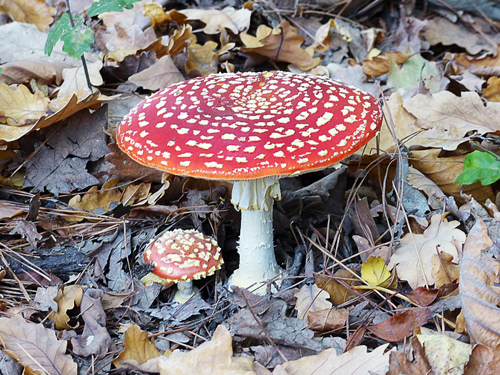
In the Oak Forest there were many examples of Fly Agaric fungi, (Amanita muscaria) like this one complete with footstool.
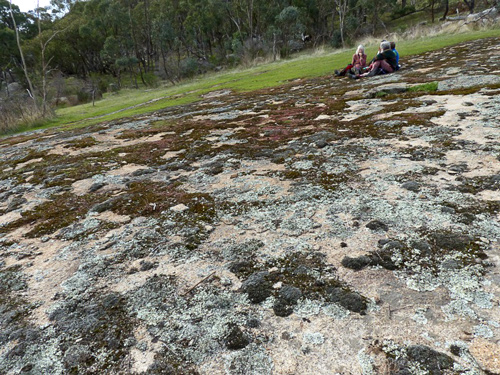
At the lunch stop, a large slab of granite was completely covered with Moss and Lichen. Such bio-crusts considerably accelerate the weathering and breakdown of rocks
Noel Young contributed this account of the walk and the photos.

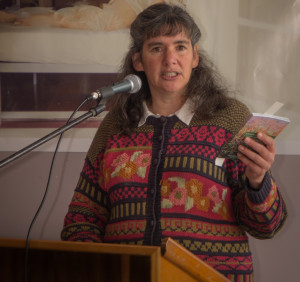
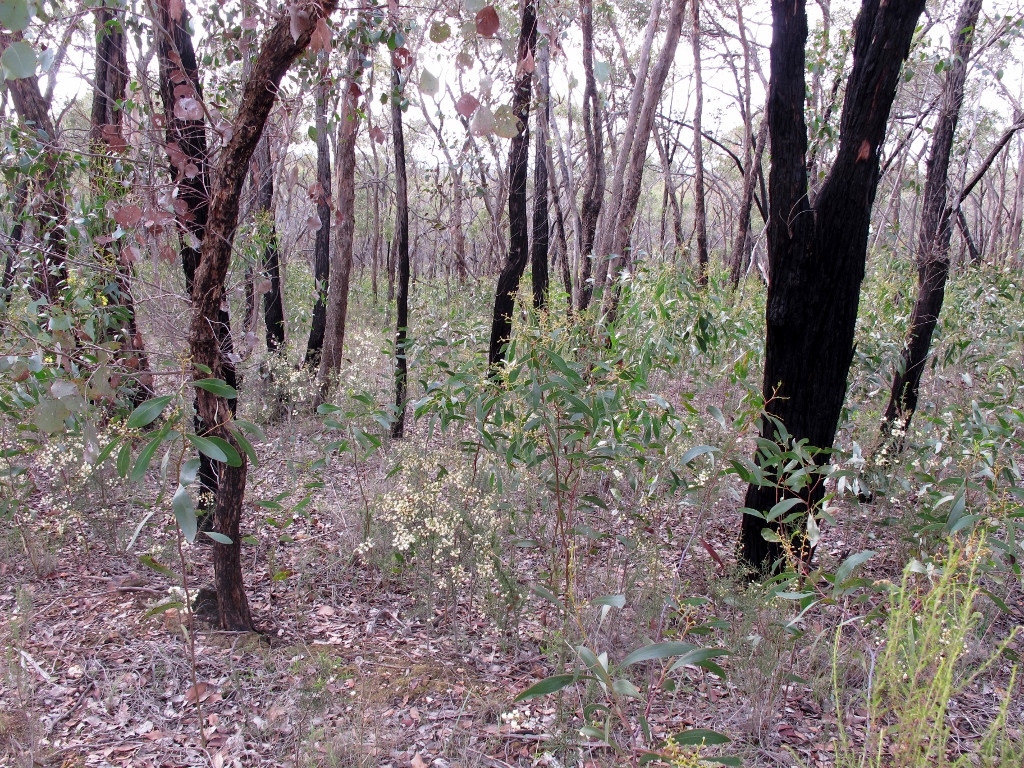
![Friends of Kalimna members Polly Woods, Robyn Lewis, Bernard Slattery and Geoff Hannon, flanked by Park Ranger Noel Muller [left]and Regional manager Craig Stubbings [right]](https://www.fobif.org.au/admin/wp-content/uploads/2014/06/5319034-768x1024.jpg)




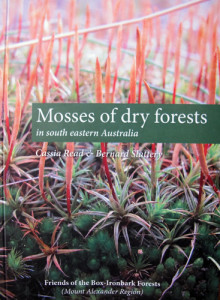
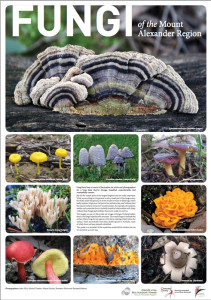




 Click on image for info/order page
Click on image for info/order page Click on image for info/order page
Click on image for info/order page Click on image for info/order page
Click on image for info/order page




















